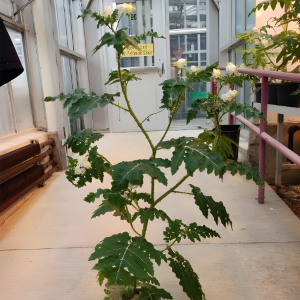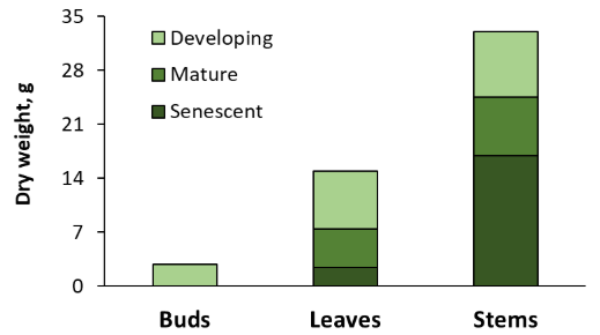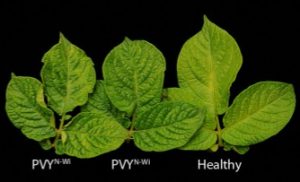Litchi Tomato for Root-Knot Nematode Control
Author: Inna Popova, Ph.D.
Solanum sisymbriifolium, commonly known as litchi tomato, is being investigated as a biomass crop to produce nematocidal compounds targeting root-knot nematodes (Meloidogyne spp.), which are a concern in potato production systems.
Litchi tomato grows rapidly with minimal nutrient input, reaching up to five feet in height within eight weeks and producing over a kilogram of aboveground biomass. Approximately 60-70% of this biomass consists of stems and 30-40% of leaves.

This is an important consideration for estimating compound yield and optimizing nematocidal compounds extraction protocols.
Both stems and leaves contain glycoalkaloids, which have demonstrated nematicidal activity. Unlike many species that localize these compounds to specific tissues, litchi tomato distributes them throughout its above-ground biomass, making the entire plant suitable for harvesting and processing.

In addition to glycoalkaloids, the plant also produces phenolic compounds such as chlorogenic acids and quercetins. These compounds are known to be involved in plant stress responses and may contribute to the overall nematocidal effect of the extract.
While the specific role of phenolics in nematode suppression is still being studied, their presence alongside glycoalkaloids adds to the potential value of litchi tomato as a multi-component input.
Current work is focused on evaluating the total effect of these compounds in the context of root-knot nematode management.






